Foundations of Physical Education and Well-being Chapter Notes | Physical Education and Well-being (Khel Yatra) Class 8 PDF Download
Introduction
This chapter introduces the foundational concepts of physical education and well-being, linking physical activity with personal growth, fitness, mental resilience, and teamwork. Students will explore the principles of physics and biology as they relate to movement and performance. The chapter emphasizes the importance of safe, supportive environments, and developing discipline, motivation, and courage through physical challenges.
Horse Vault Race
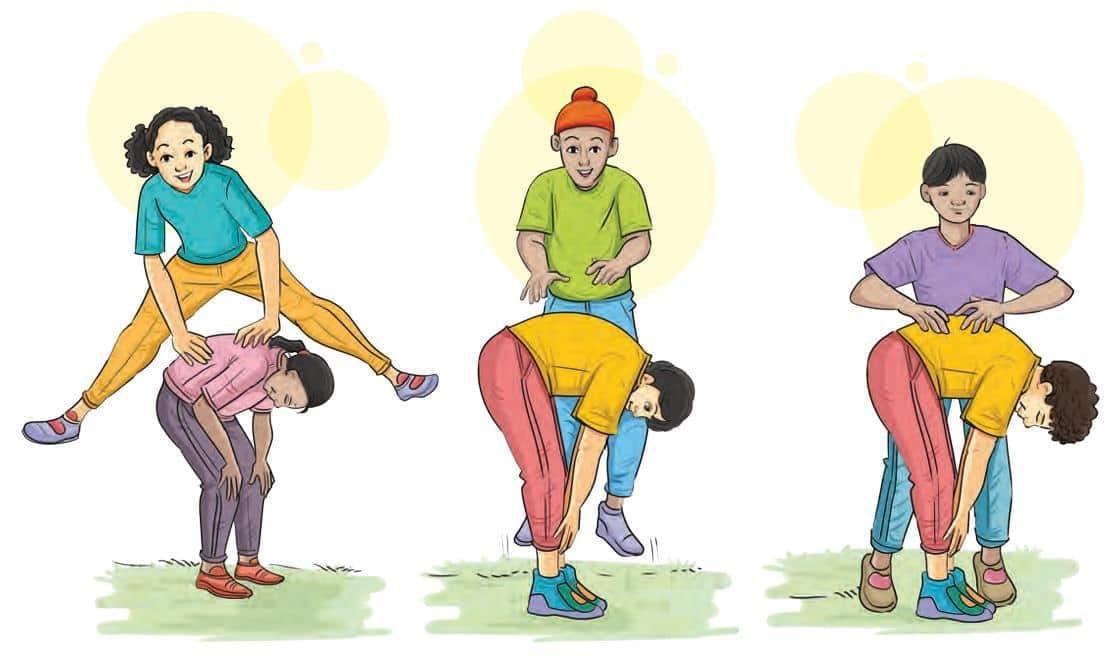 The Horse Vault Race involves pairs of students where one plays the 'horse' and the other jumps over them. The pair alternates roles and aims to cross the finish line first. This activity focuses on balance, technique, and the joy of movement.
The Horse Vault Race involves pairs of students where one plays the 'horse' and the other jumps over them. The pair alternates roles and aims to cross the finish line first. This activity focuses on balance, technique, and the joy of movement.
How to Play
- Form pairs with similar height and weight.
- One student bends over, assuming the horse position.
- The other student jumps over the horse and continues alternating roles.
- The pair that crosses the finish line first wins.
Variations
- Sideways jumps may be added for extra difficulty.
Progressive Mass Drill
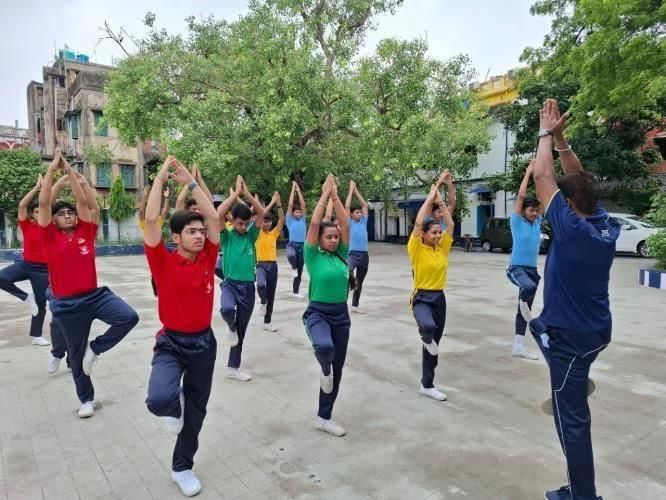
The Progressive Mass Drill involves a series of coordinated movements performed together in sync on a count of eight. The activity focuses on improving strength, flexibility, and rhythmic movement.
How to Play
- Students perform freehand exercises in sync with the teacher's count.
- Progressive difficulty can be introduced by varying movements and adding resistance.
Variations
- Drum beats can be used for timing the exercises.
- Freehand activities can be replaced with objects such as a stick, dumbbells, or a ball.
Baraf Pani
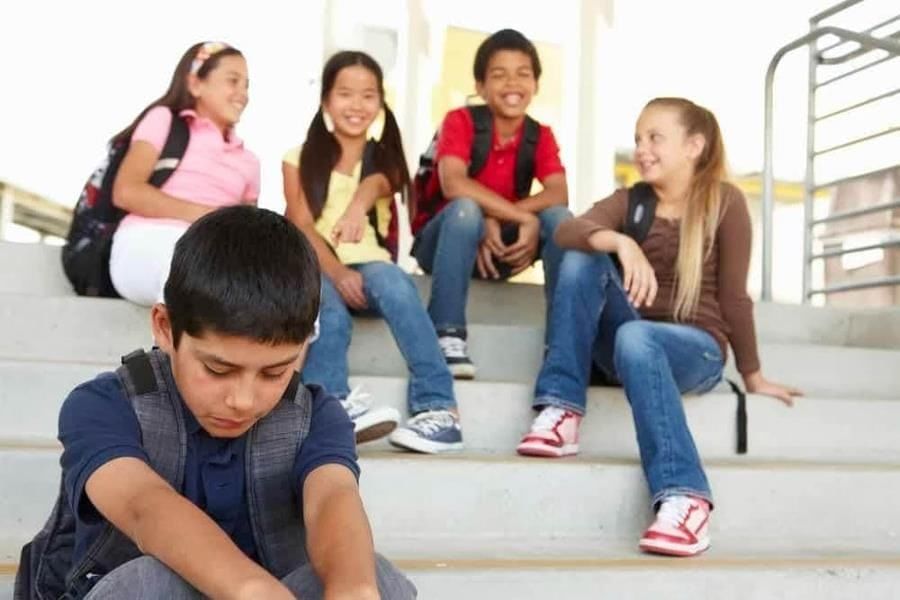 Baraf Pani is an activity focused on understanding the impact of bullying and promoting the role of upstanders. The activity encourages students to take action against bullying and helps them understand the perspectives of the bully, victim, and bystanders.
Baraf Pani is an activity focused on understanding the impact of bullying and promoting the role of upstanders. The activity encourages students to take action against bullying and helps them understand the perspectives of the bully, victim, and bystanders.
How to Play
- Students take on different roles: Bully, Victim, Bystanders, and Upstanders.
- The Bully chases other students while the Upstander stops them by tagging.
- Bystanders can help unfreeze Victims by tapping them and offering reassuring words.
Char Tali
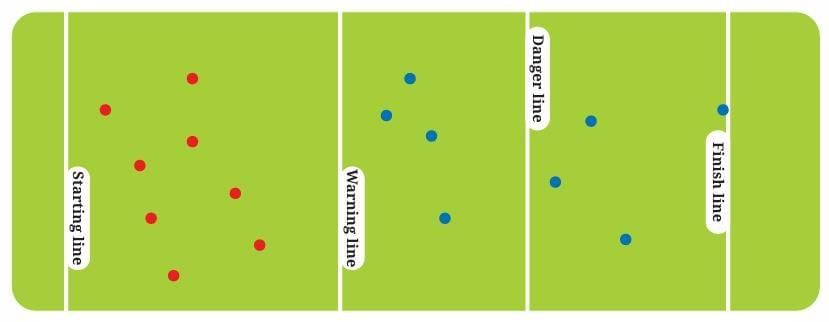 Char tali is an activity designed to build students' awareness and encourage them to understand society's role in preventing harassment. The goal is to teach students to recognize the importance of teamwork in such situations.
Char tali is an activity designed to build students' awareness and encourage them to understand society's role in preventing harassment. The goal is to teach students to recognize the importance of teamwork in such situations.
How to Play
- Divide the class into two groups: Aggressors and Society.
- The Aggressors try to reach the finish line without being caught by the victim, while the Society helps protect the victim.
Conduction Relay
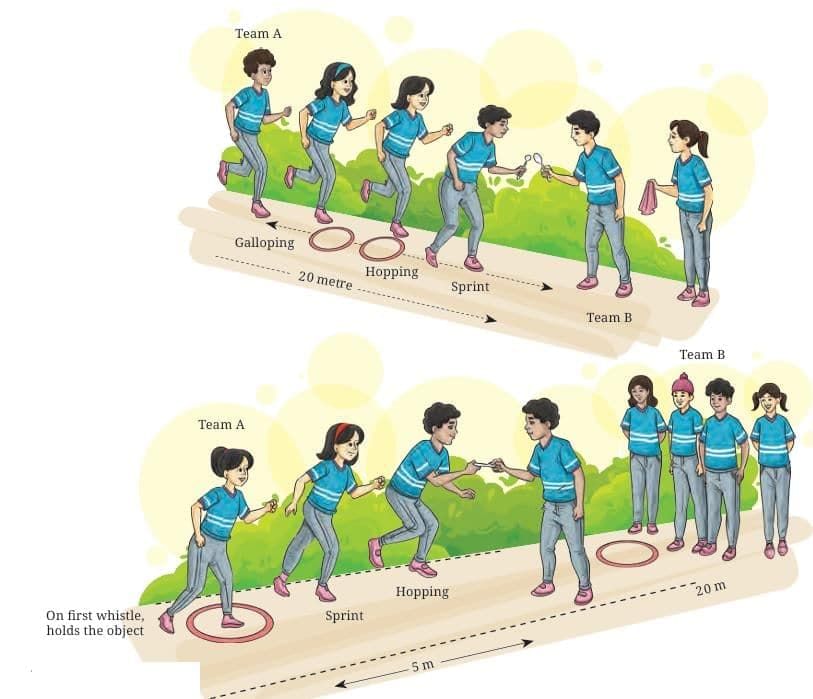
The Conduction Relay teaches students about heat transfer by involving them in a relay race that demonstrates how heat moves when the body comes into contact with various objects.
How to Play
- Students are divided into teams of 5-6 and stand 20 meters apart.
- Each student performs a series of physical tasks and then transfers the object to the next team member.
Variations
- Use different materials for the objects to explore how heat transfer varies.
- Introduce more complex tasks at each station to increase the difficulty.
Motion-in-Action Relay
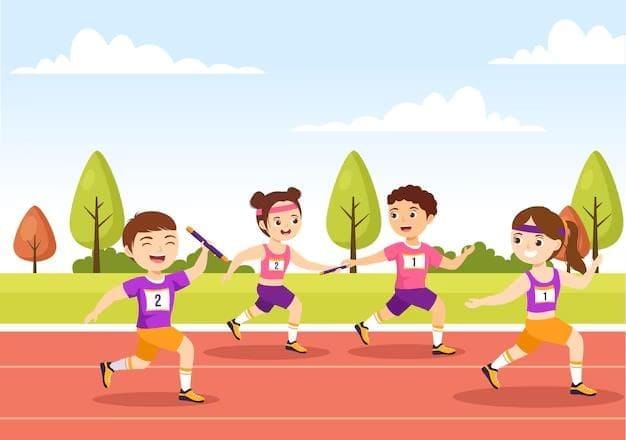 This activity introduces students to the concepts of linear motion, rotational motion, and projectile motion through a series of relay-style activities. It emphasizes the application of physics concepts in physical education.
This activity introduces students to the concepts of linear motion, rotational motion, and projectile motion through a series of relay-style activities. It emphasizes the application of physics concepts in physical education.
How to Play
- Divide the class into teams, and rotate through stations focusing on different types of motion: linear, rotational, and projectile.
- Each team member performs the tasks, with times and distances recorded to track performance in SI and CGS units.
Variations
- Change the activities to reflect different types of motion in sports or real-life scenarios.
Breathing in Action
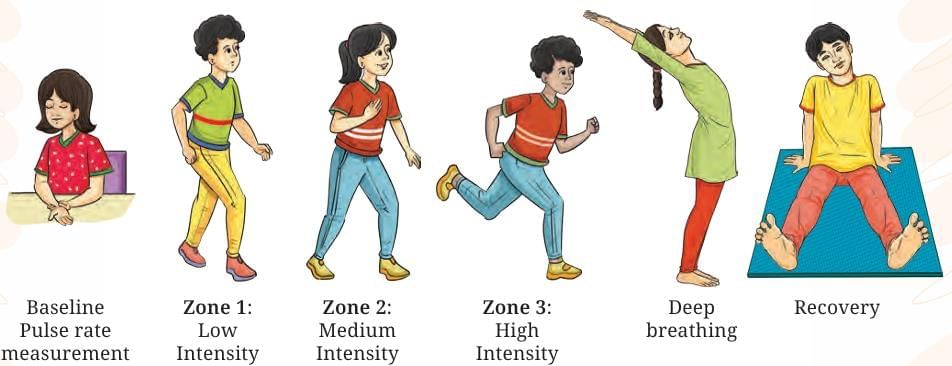 Breathing in Action helps students understand how breathing adapts to physical exertion and relates to energy production. This activity involves different intensity zones to explore how breathing rate changes during physical activity.
Breathing in Action helps students understand how breathing adapts to physical exertion and relates to energy production. This activity involves different intensity zones to explore how breathing rate changes during physical activity.
How to Play
- Set up activity zones with different intensities: low, medium, and high.
- Students perform physical tasks at each intensity level while monitoring their breathing and pulse rates.
Variations
- Incorporate fun elements such as crawling under ropes or balancing during each zone.
Flex and React Challenge
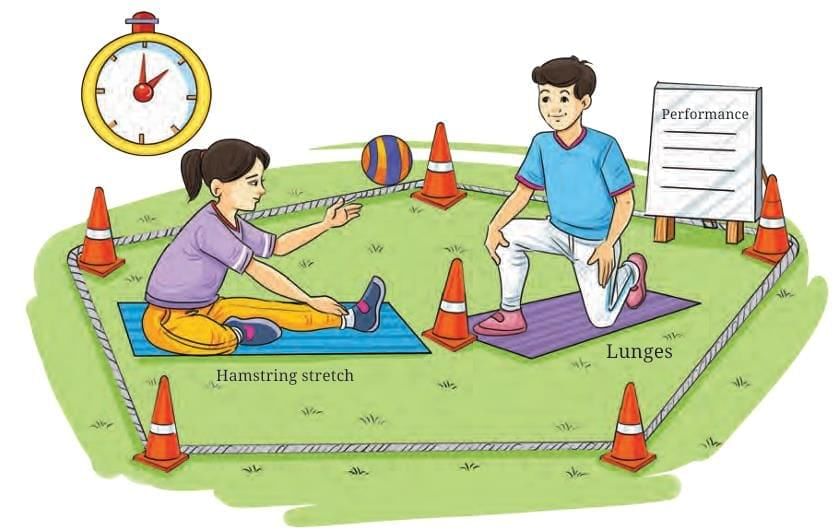 The Flex and React Challenge helps students understand neuromuscular control, demonstrating how the brain and muscles work together to produce movement and improve flexibility.
The Flex and React Challenge helps students understand neuromuscular control, demonstrating how the brain and muscles work together to produce movement and improve flexibility.
How to Play
- Students perform stretches while following instructions like catching a ball or touching a cone.
- Points are awarded for flexibility and quick reactions to instructions.
Variations
- Introduce more complex movements such as balancing on one foot or responding to quicker commands.
Move Like a Machine
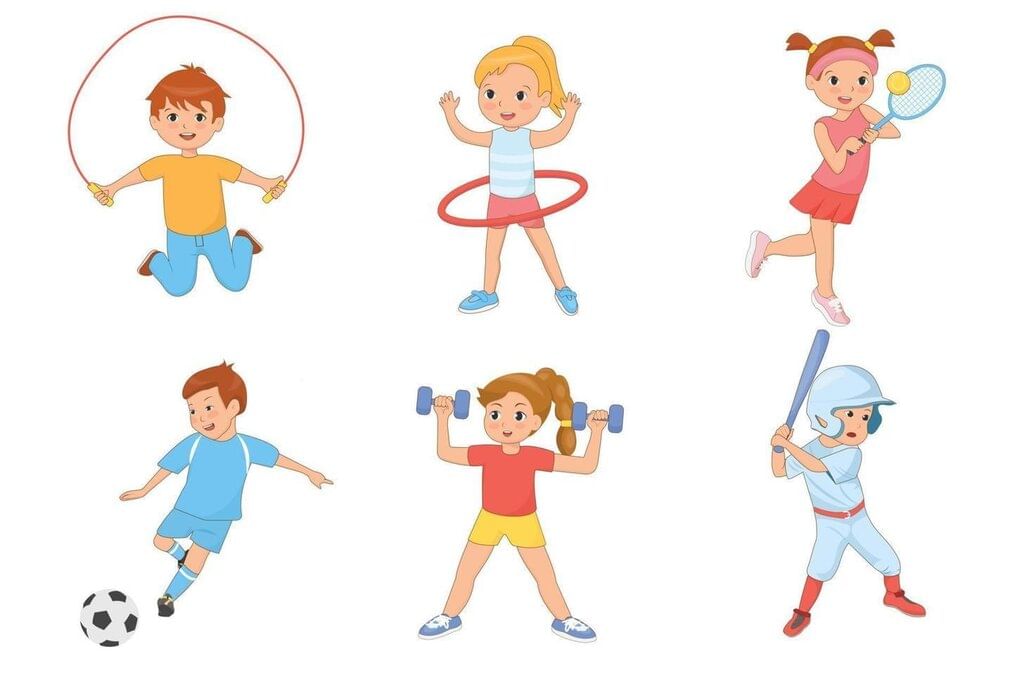 Move Like a Machine demonstrates how the musculoskeletal system works together to support movement, helping students understand flexibility, strength, and balance.
Move Like a Machine demonstrates how the musculoskeletal system works together to support movement, helping students understand flexibility, strength, and balance.
How to Play
- Set up stations that focus on different motions: flexion, extension, jumping, landing, push-pull, and balancing.
- Students rotate through the stations, completing tasks at each.
Variations
- Add teamwork-based tasks like lifting and carrying objects.
Adapt and Achieve
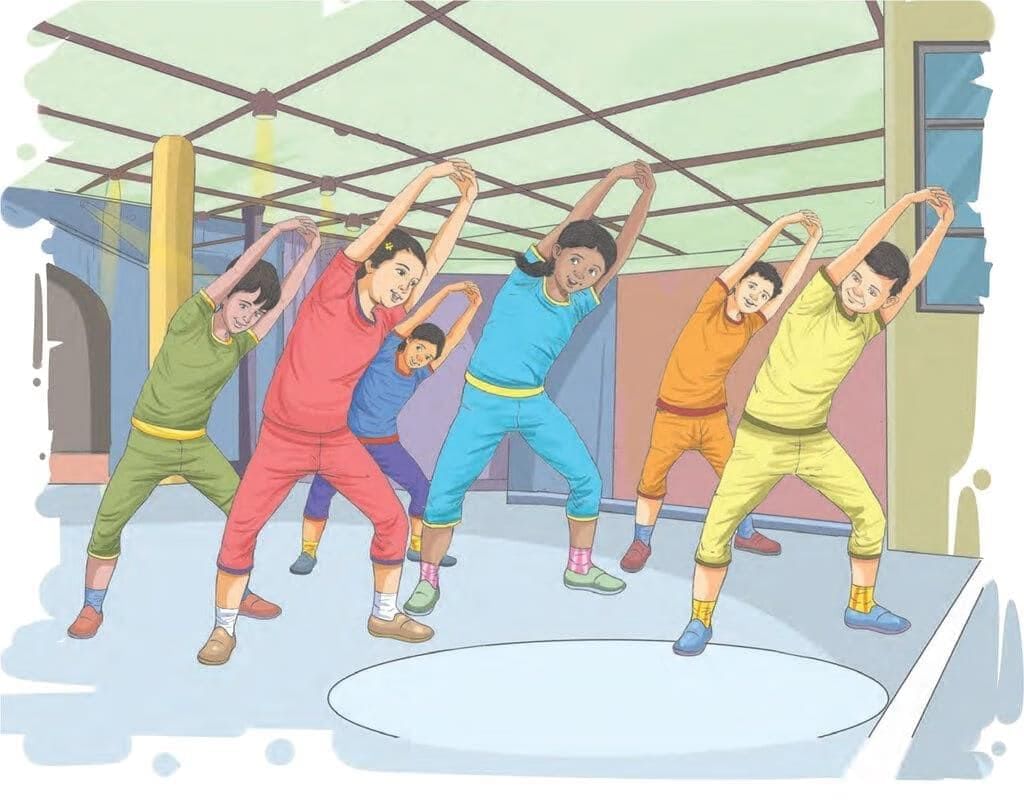 The Adapt and Achieve activity shows how the musculoskeletal system adapts to different types of physical activity, such as strength, endurance, and flexibility training.
The Adapt and Achieve activity shows how the musculoskeletal system adapts to different types of physical activity, such as strength, endurance, and flexibility training.
How to Play
- Set up activity stations focused on strength, endurance, flexibility, and recovery.
- Teams rotate through the stations, performing tasks designed to improve their physical capacity in each area.
Variations
- Let groups create their own musculoskeletal training circuits.
FAQs on Foundations of Physical Education and Well-being Chapter Notes - Physical Education and Well-being (Khel Yatra) Class 8
| 1. What is the significance of physical education in promoting overall well-being for students? |  |
| 2. How has the concept of physical education evolved over time? |  |
| 3. What role does nutrition play in the context of physical education and well-being? |  |
| 4. What are some common activities included in a physical education curriculum? |  |
| 5. How can schools encourage students to participate more in physical education? |  |
















